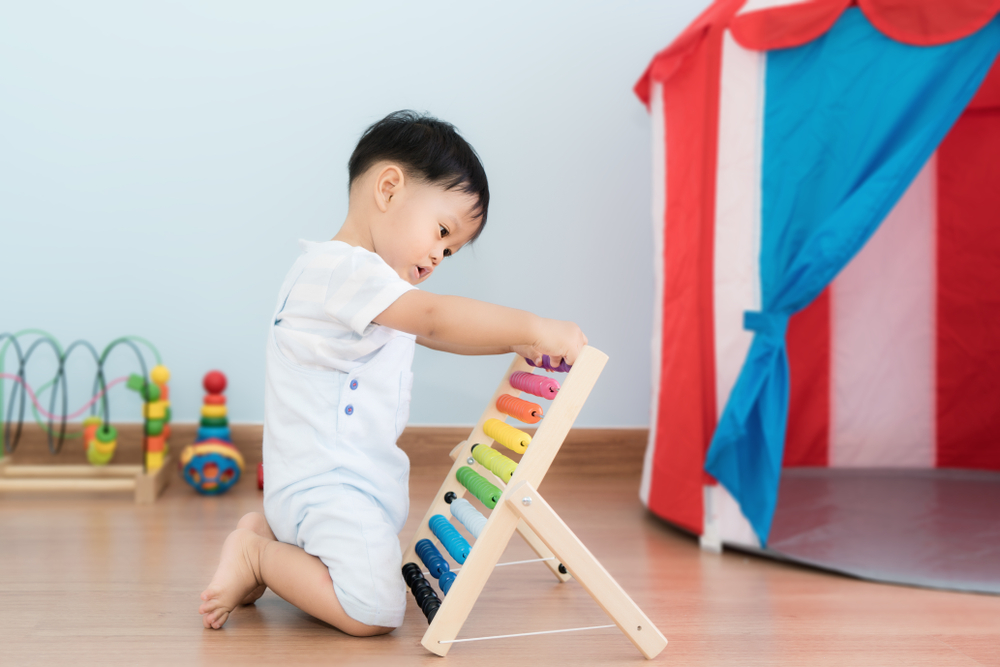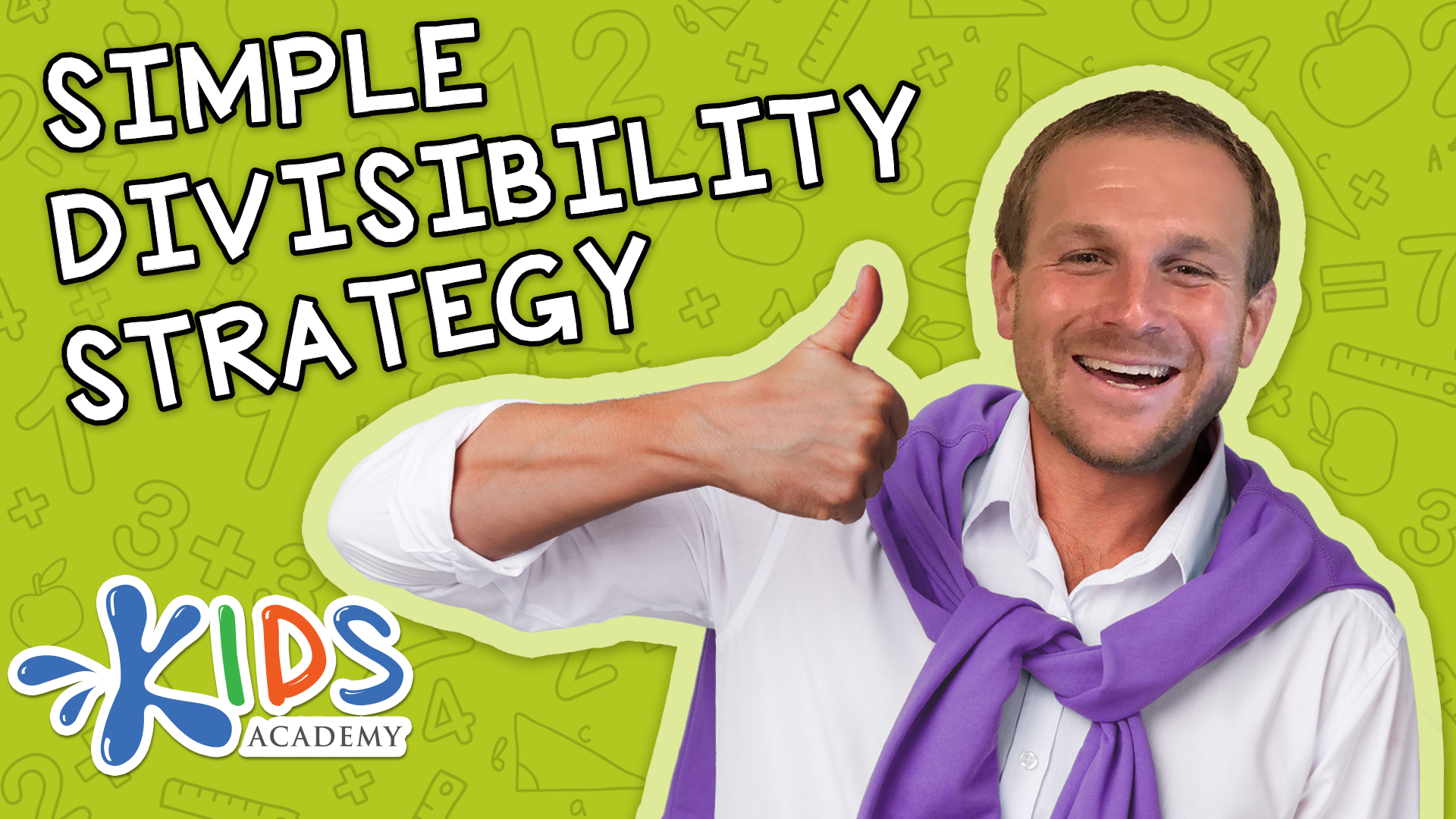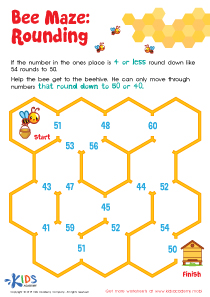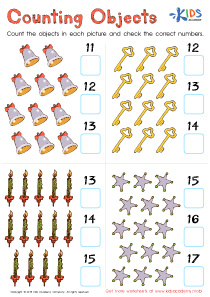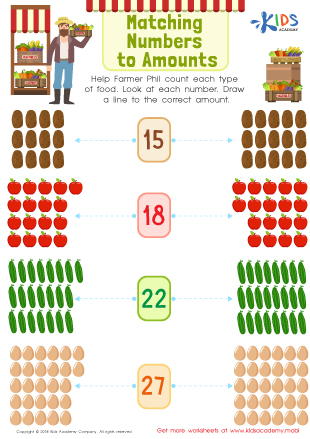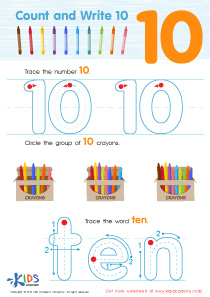Matching numbers Normal Numbers 0–10 Worksheets for Ages 5-8
3 filtered results
-
From - To
Unlock the world of numbers with our "Matching Numbers Normal Numbers 0–10 Worksheets" designed specifically for ages 5-8. These engaging worksheets encourage young learners to enhance their number recognition skills through fun and interactive matching activities. By pairing numbers with corresponding visuals, children will deepen their understanding of numbers 0 to 10 while building essential math foundations. Our worksheets are perfect for home or classroom use, fostering independent learning and supporting early math development. With colorful illustrations and stimulating tasks, your child will be excited to explore the world of numbers. Download now and make math a fun adventure!
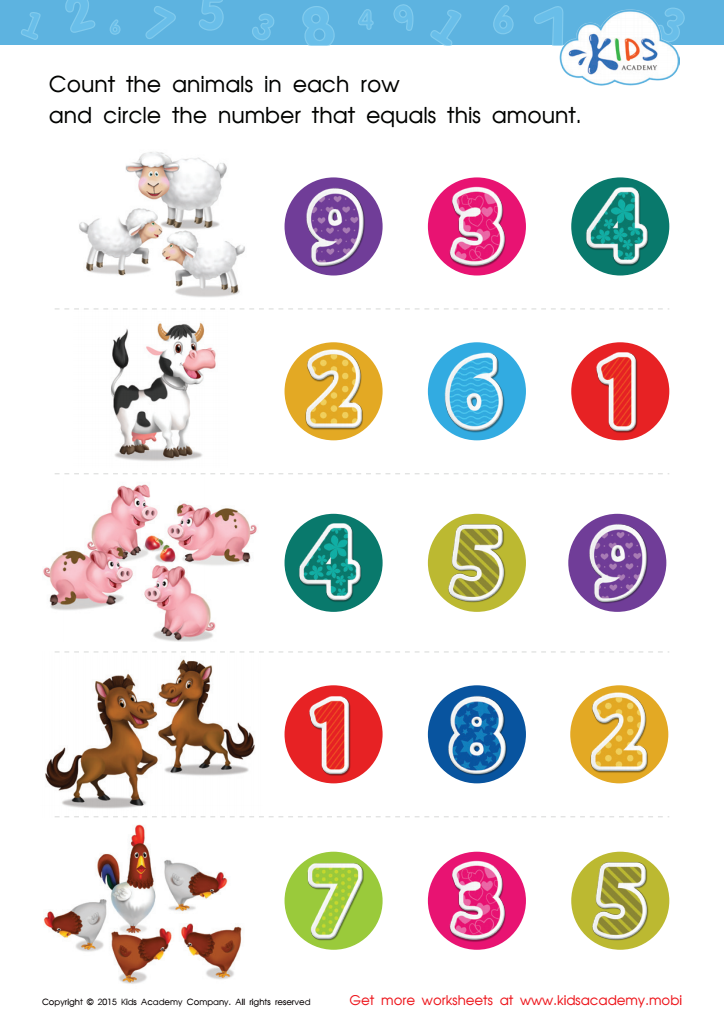

Count and Match 1 – 5 Math Worksheet


Count and Match 6 – 10 Math Worksheet
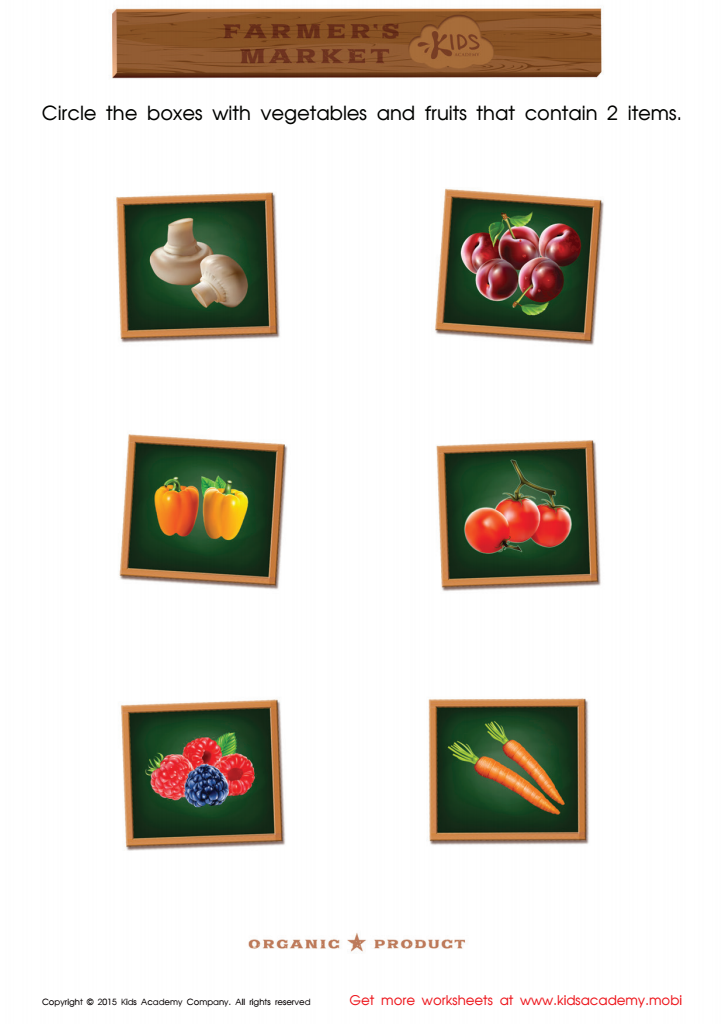

Count and Match Vegetables and Points Math Worksheet
Matching numbers and understanding normal numbers from 0 to 10 are foundational skills for children ages 5 to 8, laying the groundwork for future mathematics and cognitive development. When parents and teachers prioritize these skills, they help children build a solid understanding of numerical concepts, which is essential for everything from basic counting to more advanced math operations.
Learning to match numbers allows children to identify quantity accurately and understand the relationship between numbers and their representations. This process encourages critical thinking, problem-solving, and cognitive flexibility, essential skills that benefit academic performance in various subjects. Engaging with numbers through games or practical activities also enhances children's confidence, motivation, and enjoyment of learning.
Moreover, these early experiences with numbers foster positive attitudes toward math, helping to diminish math anxiety that can develop later on. When parents and teachers collaborate to support children in mastering these concepts, they can establish a joyful and effective learning environment that nurtures curiosity and resilience.
In summary, caring about matching normal numbers from 0 to 10 is crucial for laying a strong educational foundation, promoting holistic development, and ensuring children are equipped for future learning challenges.
 Assign to My Students
Assign to My Students






